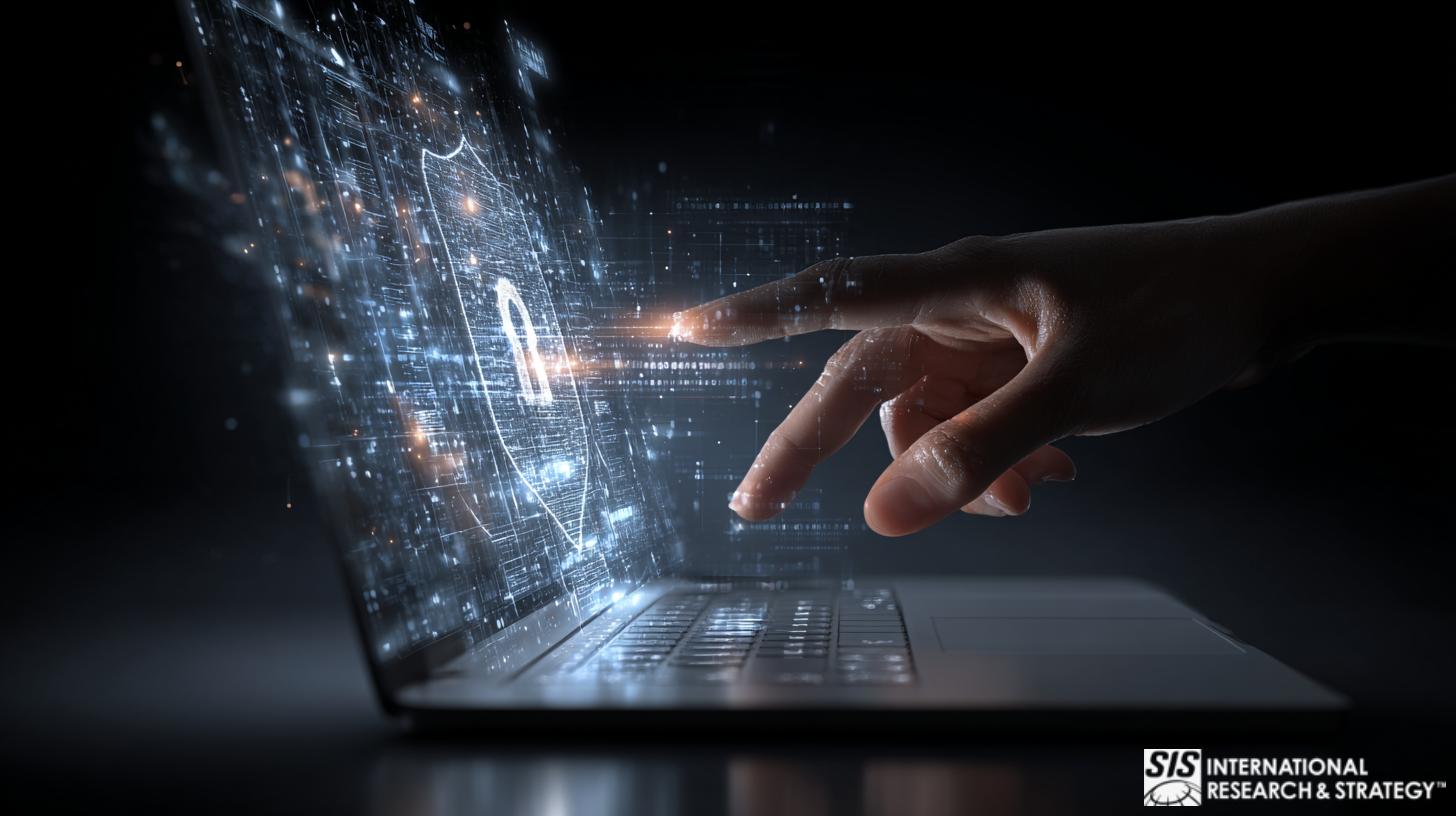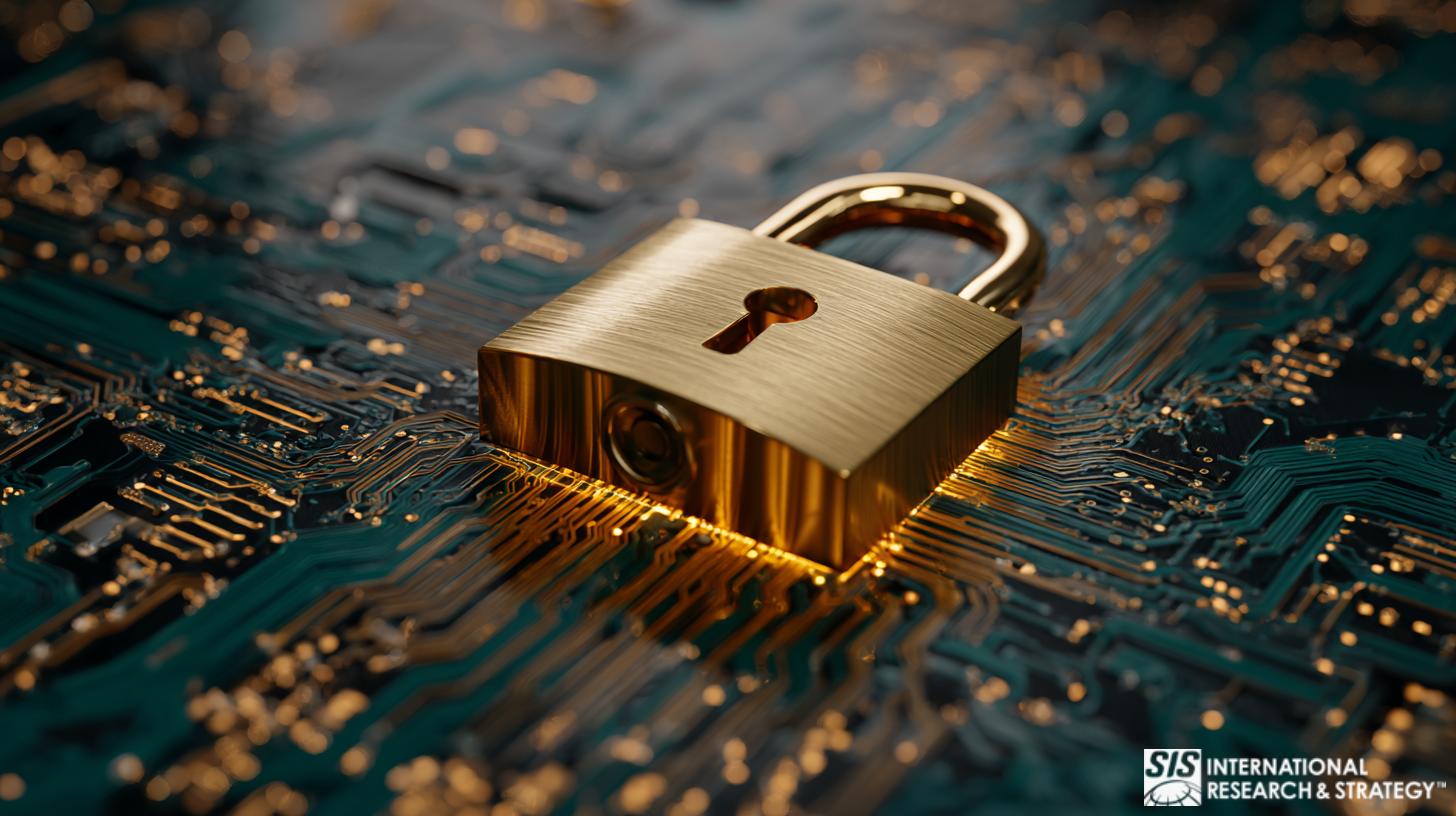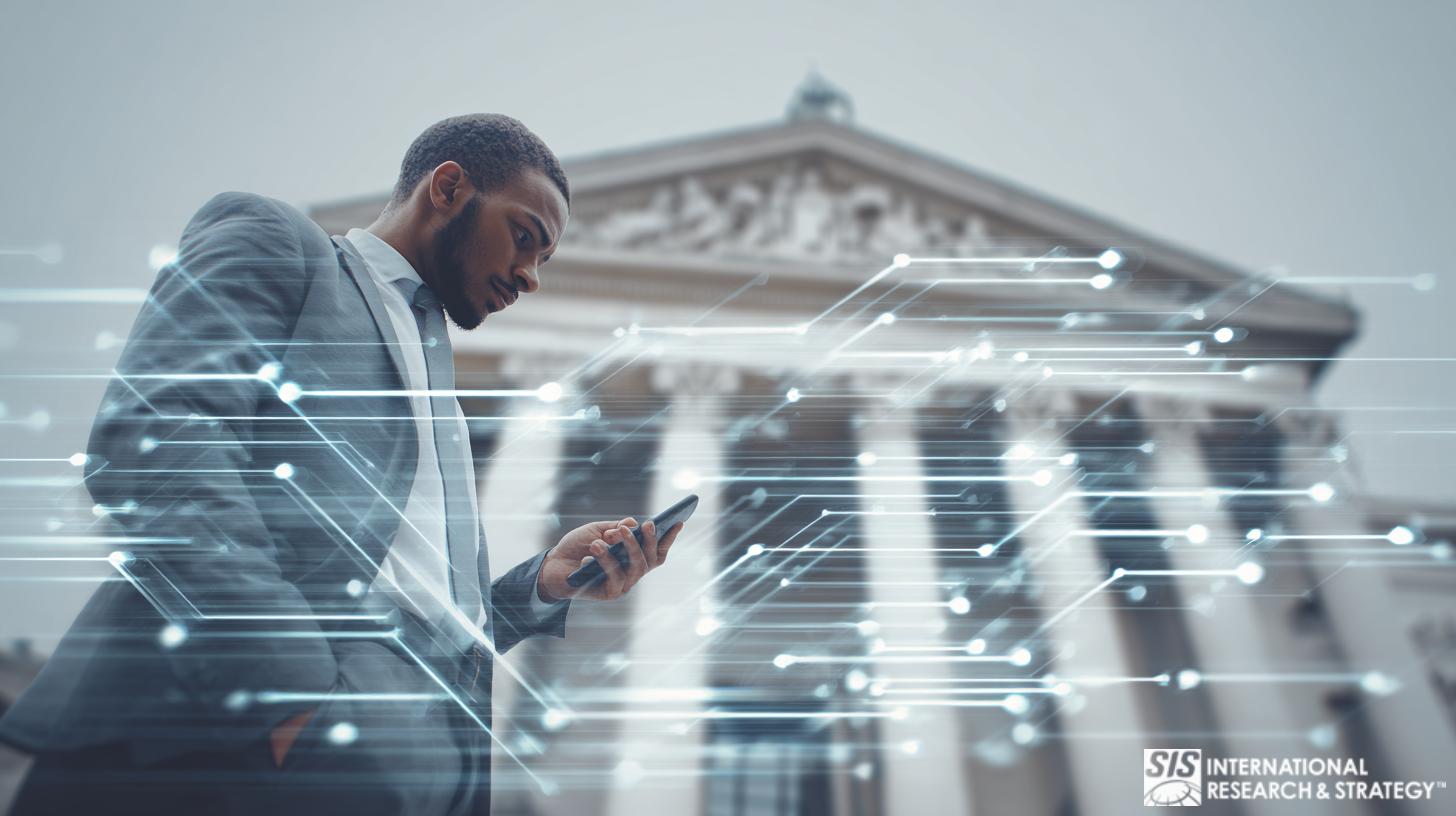
Un virus completamente diverso
Una breve panoramica della battaglia in corso per arginare l’ondata di incursioni informatiche nel settore sanitario.
In addition to subversive hacking in the business world, where private information can be compromised and sensitive company data absconded with, cybersecurity measures are now employed to negate the effects of hacking by foreign entities, used a political weapon. It is an increasingly serious global problem, and one that has necessitated the implementation of advanced cybersecurity methodologies to counteract the increasingly sophisticated capabilities of hackers to subvert these very systems.
“In recent years, cybersecurity has been a growing concern in healthcare, with high-profile cyber-attacks and vulnerabilities causing disruptions for insurers, hospitals, and medical device makers. The stakes for patients are high too as patient data could be lost or tampered with, hospital services interrupted, or patients harmed through attacks targeting specific devices … “ 1
Intervento del governo per combattere la criminalità informatica
The rapid digitization of the healthcare industry makes this sector particularly vulnerable to cyber attack, and this fact has not been lost on the US Congress. The House Energy and Commerce Committee recently convened to address cybersecurity in the health sector. Information Sharing and Analysis Centers (ISACS) may be key in providing enhanced security for healthcare providers and in thwarting efforts of would-be cyber attackers.
Through the interactive efforts of the 24 organizations that comprise the National Council of ISACs (NCI), great efforts are being made to “maximize information flow across the private sector critical infrastructures and with government. Critical infrastructure sectors and subsectors that do not have ISACs are invited to contact the NCI to learn how they can participate in NCI activities.”2
It is, of course, a Herculean undertaking to strengthen the partnership between public and private entities in healthcare with regard to cybersecurity, considering the myriad industries and agencies of government that are responsible for regulating and delivering said healthcare. Congress has been encouraged to provide tax breaks and other incentives to prompt companies to get involved with the ongoing effort of ISACs.
La scarsa partecipazione ostacola l’implementazione della sicurezza informatica
Unfortunately, poor participation rates among healthcare facilities have been a persistent problem in the ongoing efforts to implement effective cybersecurity measures across the sector. According to Terry Rice, vice president of IT risk management and chief information security officer at Merck, “companies may be hesitant to share information within an ISAC if they fear the information will not remain confidential to its members.”3
“I think the most shocking statistic was really the fact that 40% of the individuals at the top of an organization–executives like CEOs and CIOs, and even board members–didn’t feel personally responsible for cybersecurity or protecting the customer data.” Dave Damato, Chief Security Officer at Tanium, on CNBC’s Squawk Box, parlando di cybersecurity nel settore sanitario 13
Gli alti costi della criminalità informatica in sanità

Aside from the obvious threat of compromised patient information and other incidents of data theft, failures of cybersecurity are incredibly expensive, to the tune of $6.2 billion annually, according to a 2016 research project conducted by the Poneman Institute. Insights revealed in their studies revealed that “nearly 90 percent of the healthcare organizations … had endured a data breach during the previous two years. Forty-five percent had more than five data breaches in that period, with the average cost of a cyber attack totaling $2.2 million. The data contained in electronic health records (EHRs) is often cited as the reason healthcare is such an attractive target in the eyes of a hacker.”4
As secure as people like to believe their health information is in the possession of their doctor’s office or hospital, it is often not the case. The ongoing digitization of health records has been an expensive proposition for the healthcare industry. Securing all that information is another monumental expense, and sometimes this part of the cybersecurity equation has been neglected in the interest of cost-savings, or just by the large-scale nature of the overall endeavor.
La natura lucrativa del furto informatico nel settore sanitario
Of course, health records are a hot commodity on the black market, and they can fetch top dollar from parties seeking to obtain personal information, billing addresses, and credit card numbers. Hacking can be a very lucrative enterprise, indeed. Consider this example. “Hackers made off with more than 2.2 million patient records from Fort Myers, Florida-based 21st Century Oncology in March of 2016. A month later, someone stole a laptop with 205,748 unsecured patient records on it from Premier Healthcare, LLC.” 5
L'avvento del ransomware
Ransomware è un termine nuovo per la maggior parte delle persone, che stanno acquisendo familiarità con i recenti attacchi WannaCry sferrati a livello globale, paralizzando i sistemi infrastrutturali critici e suscitando ingenti riscatti finanziari da parte di coloro che sono caduti preda dell'ansia e della potenziale perdita di dati caratteristici di tali attacchi. Il settore sanitario, in particolare, è vulnerabile alle incursioni dei ransomware.
“Gli ospedali sono il bersaglio perfetto per questo tipo di estorsione perché forniscono cure critiche e fanno affidamento su informazioni aggiornate dalle cartelle cliniche dei pazienti. Senza un rapido accesso alla storia dei farmaci, alle direttive chirurgiche e ad altre informazioni, la cura dei pazienti può essere ritardata o interrotta, il che rende gli ospedali più propensi a pagare un riscatto piuttosto che rischiare ritardi che potrebbero provocare morte e cause legali”. 6
Ransomware malware, in effect, locks up a computer and makes data inaccessible unless a ransom is paid to the perpetrator. Usually, this payment is made in the form of Bitcoin. In most instances, a time limit is established for the ransom to be paid, otherwise the computers data will be destroyed. Though most stricken parties don’t pay the ransom, enough do to make it a particularly lucrative criminal enterprise.
The healthcare industry has been vulnerable to ransomware attacks because, surprisingly, many hospitals have taken inadequate steps to prevent cybersecurity breeches. Instead, most hospitals have focused their primary concern on meeting HIPAA compliance and meeting federal guidelines to ensure the security of patient information. Ultimately, most employees in healthcare are simply not trained well enough to recognize and thwart cyber attacks before they occur. Even when adequate training and cybersecurity measures are in place, it is a continuous challenge to outwit perpetrators who constantly remain one step ahead of the game.
Anche i dispositivi IoT sono a rischio
To add a layer of seriousness to the present situation, cyber attacks can affect not only computers, but devices that are connected to them, as well. Medical tools, heart and glucose monitors are but a few examples of devices vulnerable to cyber attack. Vice-President Dick Cheney famously demanded that his pacemaker be made safe from cyber attack, lest those with ill-intent not manipulate the function of his device remotely. Quite frankly, interference with such devices can be deadly for the patients who depend on them to live.
Come esempio di hacking medico, “In un exploit attualmente utilizzato, noto come MedJack, gli aggressori iniettano malware nei dispositivi medici per poi diffondersi attraverso una rete. I dati medici scoperti in questi tipi di attacchi possono essere utilizzati per frode fiscale o furto di identità e possono anche essere utilizzati per tenere traccia delle prescrizioni di farmaci attivi, consentendo agli hacker di ordinare farmaci online per poi rivenderli sul dark web”. 7
“No patients have, as far as I know, been killed due to a hacked pacemaker, but patients have been killed due to malfunction[s] of their medical devices, configuration errors, and software bugs. This means that security research in the form of pre-emptive hacking, followed by coordinated vulnerability disclosure and vendor fixes, can help save human lives." Marie Moe, ricercatrice sulla sicurezza presso SINTEF, in "Avanti, hacker. Spezzare il mio cuore” (Cablato)13
La FCC ha ora suggerito che i fornitori IoT di dispositivi medici integrino misure di sicurezza nei prodotti che fabbricano; la parola chiave suggerita. In realtà, l’istituzione di pratiche e requisiti di sicurezza obbligatori per questi produttori è uno sforzo che richiede molto tempo. Inoltre, anche le reti incaricate di trasmettere i dati tra dispositivi e database hanno un bisogno fondamentale di implementazione e monitoraggio della sicurezza informatica.
Un nuovo presidente, un nuovo ordine
There was much speculation as to how the Trump administration would address issues of cybersecurity. On May 11, 2017, the president signed an executive order that mandated a review of the nation’s overall abilities to combat criminal cyber-activity. The order places the brunt of responsibility concerning cybersecurity on federal agencies which were to do risk assessments and turn in their respective reports within 90 days. Additional reports examining critical infrastructure risks were due six months after the president’s order was issued.
"L'ordinanza richiede una revisione della minaccia rappresentata dalle botnet, che prendono di mira i siti web con traffico spam generato automaticamente. IL La botnet Mirai è stato responsabile di significative interruzioni di Internet lo scorso anno. Ma Access Now afferma che l’ordinanza dovrebbe anche affrontare il processo del governo per la divulgazione delle vulnerabilità e la sua risposta alle violazioni dei dati”.
There is no overall preventative measure or measure that can eliminate the risk of cyber attacks. Rather, hospitals, clinics, and private practices can only hope to work together and manage the continuous risks in the interest of protecting the private information and the general safety of their patients. Concurrently, continuous technological advancements will hopefully address the vulnerability of medical devices and computer networks.
Questo sforzo per frenare gli effetti potenzialmente disastrosi della criminalità informatica nel settore sanitario e non solo si estende ben oltre gli Stati Uniti. Attualmente è in corso uno sforzo globale per arginare l’ondata di attacchi informatici in tutto il mondo, o almeno per ridurre al minimo l’impatto di quello che sembra essere uno sforzo infinito da parte dei criminali informatici per infiltrarsi nei sistemi sanitari e provocare caos ed estorcere ovunque possibile. , per qualunque fine nefasto.
Motivazioni politiche per gli attacchi informatici

With the hostile political climate that exists between North Korea and virtually every other country in the civilized world, it is not surprising that the rogue nation has been cited as a probably offender in the recent WannaCry ransomware attacks, and other ill-willed endeavors undertaken for political reasons and for the purposes of financial extortion.
"I ricercatori di sicurezza informatica hanno trovato indizi tecnici che, secondo loro, potrebbero collegare la Corea del Nord all'attacco informatico globale "ransomware" WannaCry che... ha infettato più di 300.000 macchine in 150 paesi. Symantec and Kaspersky Lab said … some code in an earlier version of il software WannaCry erano apparsi anche nei programmi utilizzati dal Lazarus Group, che i ricercatori di molte aziende hanno identificato come un’operazione di hacking gestita dalla Corea del Nord”. 10
Non tutti gli esperti ritengono che l’attacco del ransomware WannaCry sia stato motivato da ragioni finanziarie. Alcuni, come Matthew Hickey della società di consulenza informatica britannica Hacker House, credono che gli autori sperassero semplicemente di “causare il maggior danno possibile”. Questo è stato certamente il caso dei paesi più colpiti dall’attacco, tra cui India, Taiwan, Ucraina e Russia.
Alcuni, come il leader russo Vladimir Putin, hanno incolpato la NSA per quello che secondo lui era il loro ruolo negli attacchi ransomware WannaCry. Si ritiene che la tecnologia WannaCry sia “basata su uno strumento trapelato che sfrutta una falla di sicurezza in Windows che sembra avere origine dalla NSA. "Siamo pienamente consapevoli che i geni, in particolare quelli creati dai servizi segreti, potrebbero danneggiare i loro stessi autori e creatori, se lasciati uscire dalla bottiglia", ha detto Putin a Pechino, Lo riferisce l'agenzia statale russa Tass.” 11
“This next president is going to inherit the most sophisticated and persistent cyber espionage cultures the world has ever seen, He needs to surround himself with experts that can expedite the allocation of potent layers of next-generation defenses around our targeted critical infrastructure silos.” James Scott, Senior Fellow, Institute for Critical Infrastructure Technology 14
Tendenze nella lotta alle incursioni informatiche nel settore sanitario
Obviously, the threat of cybersecurity breaches across all sectors of business and industry will not abate. In healthcare, there will be an ongoing and incessant need to improve technology and overall vigilance to avoid disastrous incidents in the future. Certain protective trends are emerging that might be seen as the future of cybercrime deterrence in healthcare.
At the top of the list is an increasing migration to cloud-based information security tools. This move “will allow the tools to be updated more dynamically to address zero-day type malware. This move to the cloud should ultimately make it more economical to make these tools available to all healthcare providers – large and small.” 12
In addition, the healthcare industry will be forced to encourage increased information sharing and collaboration across health networks and between facilities. This mutual cybersecurity effort will be difficult to instigate as health institutions are often quite insular by nature. It is predicted that this sharing of information will reach beyond healthcare to include many sectors of business and institutional endeavors to minimize risks for all involved.
Ultimately, the effort to negate the dangers of cybersecurity breaches, ransomware, and new and emerging threats in this arena will come down to education and awareness on all employee levels in healthcare and beyond. When everyone is well-educated and made to see warning signs of cyber-risks and what they can do to be part of an overarching effort to stem the tide of cyber-incursion, the healthcare industry and all protectors of civilized information sharing around the globe will continue to make meaningful strides towards limiting the damaging effects of cybercrime in all sectors.
AI-Driven Website Security: WP Safe Zone for Healthcare
In the healthcare sector, where sensitive patient data is a prime target for cyberattacks, robust website security is critical. The rise of AI in cybersecurity is providing powerful solutions to combat these threats. One standout example is the WP Safe Zone plugin, tailored for WordPress websites.
WP Safe Zone utilizes artificial intelligence to protect websites from malware, brute force attacks, and unauthorized access. Its AI algorithms constantly monitor and adapt to emerging threats, ensuring real-time protection for healthcare organizations’ online platforms.
As cyber risks in healthcare continue to grow, tools like WP Safe Zone demonstrate how AI can safeguard critical systems, ensuring both data security and compliance with strict regulations.
Possiamo assistervi nel vostro impegno in materia di sicurezza informatica
SIS International Research ha trascorso decenni interagendo con il settore sanitario a molti livelli, da studi familiari indipendenti, a reti sanitarie multilivello e monolitiche. La nostra comprensione unica delle sfide affrontate dalle aziende e dalle istituzioni nel settore sanitario non ha eguali. Forniamo ricerca e intelligence sulle parti interessate[/fusion_text][fusion_text]
Le nostre soluzioni includono:
Oggi, con l’ulteriore complessità della minaccia imposta dalla crescente criminalità informatica rivolta alle nostre istituzioni sanitarie più venerate e ai pazienti che servono, consideriamo il nostro ruolo con il massimo grado di serietà. In qualità di azienda orgogliosa di comprendere l'importanza e la natura sfaccettata del settore sanitario, continueremo a servire pratiche, strutture e organizzazioni legate alla salute con le stesse capacità di ricerca complete e di alta qualità a cui i nostri clienti sono arrivati aspettarsi e pretendere. In questo modo, speriamo di fare la nostra parte per aiutare la comunità medica a comprendere e combattere la minaccia reale e grave degli attacchi informatici nel settore sanitario.
Per la compilazione di questa ricerca sono state utilizzate le seguenti risorse:
http://www.raps.org/Regulatory-Focus/News/2017/04/04/27267/Cybersecurity-House-Committee-Looks-to-Build-on-Public-Private-Partnerships/#sthash.x4Xvdf6q.dpuf
https://www.nationalisacs.org/
http://www.raps.org/Regulatory-Focus/News/2017/04/04/27267/Cybersecurity-House-Committee-Looks-to-Build-on-Public-Private-Partnerships/#sthash.x4Xvdf6q.dpuf
https://learningnetwork.cisco.com/blogs/talking-tech-with-cisco/2017/03/21/cybersecurity-and-healthcare-a-forecast-for-2017
https://learningnetwork.cisco.com/blogs/talking-tech-with-cisco/2017/03/21/cybersecurity-and-healthcare-a-forecast-for-2017
https://www.wired.com/2016/03/ransomware-why-hospitals-are-the-perfect-targets/
https://www.wired.com/2017/03/medical-devices-next-security-nightmare/
https://techcrunch.com/2017/05/11/trump-signs-long-delayed-executive-order-on-cybersecurity/
http://www.healthcareitnews.com/news/top-10-cybersecurity-must-haves-2017
http://www.dingit.tv/highlight/1441974?utm_source=Embedded&utm_medium=Embedded&utm_campaign=Embedded
www.healthcareitnews.com/blog/3-trends-shaping-future-cybersecurity
https://www.forbes.com/sites/danmunro/2016/12/18/top-ten-healthcare-quotes-for-2016/#5f47fb6b127f
http://www.goodreads.com/quotes/tag/cyber-security



